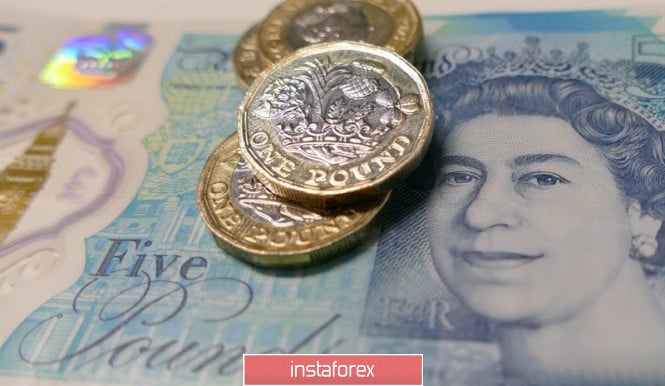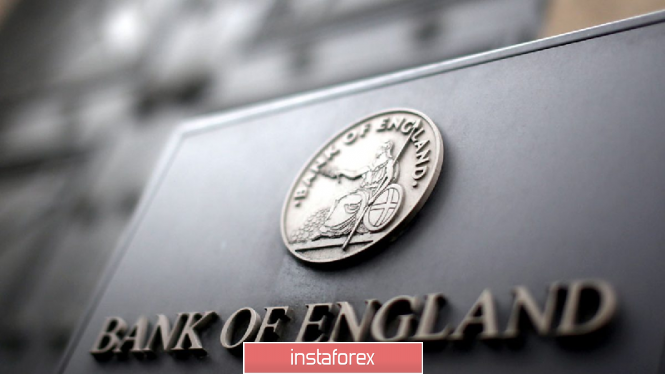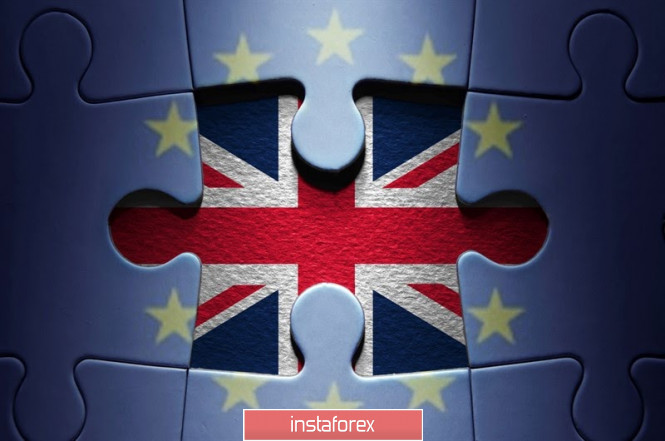
The beginning of the year was difficult for the pound. The market had not really managed to wake up from the holidays, and the GBP/USD rate fell from above 1.32 to less than 1.30.
After the collapse of 2%, the British currency firmly settled in the bottom of the main currency ratings. Since the beginning of the year, only its Australian and New Zealand namesakes showed lower results against the US dollar.
What explains the similar dynamics of the pound?
Firstly, the British currency made a staggering leap at the end of last year. As soon as the conditions for the UK's exit from the European Union became known in the fall, the pound took off, and the results of the early parliamentary elections held in December spurred its rally. However, it is difficult to imagine what could help the GBP/USD pair to return above the 1.35 mark for the first time in almost two years. It is unlikely that a country's exit from the world's largest trading bloc guarantees its immediate economic growth.
Good news has already been taken into account in quotes, at the same time, alarming calls for the pound began to appear.

Recently, officials of the Bank of England, including Mark Carney, Michael Sanders, Gertjan Vlieghe, said they support monetary easing.
As data this month showed, the British economy slowed down in November, and inflation turned out to be unstable.
Against this background, the chances of easing monetary policy in the United Kingdom at the end of January increased to 70%.
However, GBP/USD bulls do not intend to give up.
Judging by the latest data, speculators in the futures market made the biggest bets on the pound since April 2018.
"The UK remains attractive to the markets: bulls and bears are eager for battle," said Keith Joux, an analyst with Societe Generale.
What is this speculators see that the rest of the market does not notice?
"I consider the pound to be the best main currency to buy against the US dollar this year. Uncertainty over Brexit has declined, investment in Great Britain has resumed, and data on the state of business in the country, including purchasing managers' indices, is likely to recover, "said Kamakshya Trivedi, Goldman Sachs strategist.
According to IHS Markit, in January, the UK services sector returned to growth for the first time since August, while the decline in production slowed. The business activity index in the country's manufacturing sector jumped to a nine-month high of 49.8 points this month, with a forecast of 48.9 points. The PMI in the service sector has reached its highest value over the past 16 months (52.9 points).
After the initial strengthening amid the release of positive data on British business activity, the pound fell against the US dollar, as some investors still expect the BoE to cut interest rates at the next meeting, which will be held on Thursday, January 30.
"The rebound in business activity indices in the services and production sectors of Britain turned out to be stronger than forecasts. This may make it harder for BoE to choose this week," TD Securities analysts said.
"We maintain our forecast that the regulator will lower the rate by 25 basis points, but we believe that the likelihood of such a scenario is approximately 50%. There is practically no doubt that the Monetary Policy Committee of the BoE will disagree, as its members attach different importance to fundamental indicators and research on sentiment," they added.

Another significant event will take place on Friday, January 31 - the UK parting with the EU. However, at the moment, this event will put moral pressure on the market: the relatively smooth process of Great Britain's exit from the block significantly reduces investment risks.
If Brexit does not have any unexpected surprises, then the pound may feel relatively calm, and its certain growth against the US dollar is not excluded. In this case, we should expect the continuation of the GBP/USD pair's movement upward - first to the resistance of 1.3160, and then to the level of 1.3200.
An alternative scenario suggests the pair to fall further, especially if at the next meeting of the BoE, there is at least a hint of a possible reduction in the interest rate sounds. In this scenario, GBP/USD has every chance to continue moving down. Having broken through the support of 1.3040, 1.3000 and 1.2960, the pair can reach the lows of December 2019 at around 1.2900.
The material has been provided by InstaForex Company - www.instaforex.com